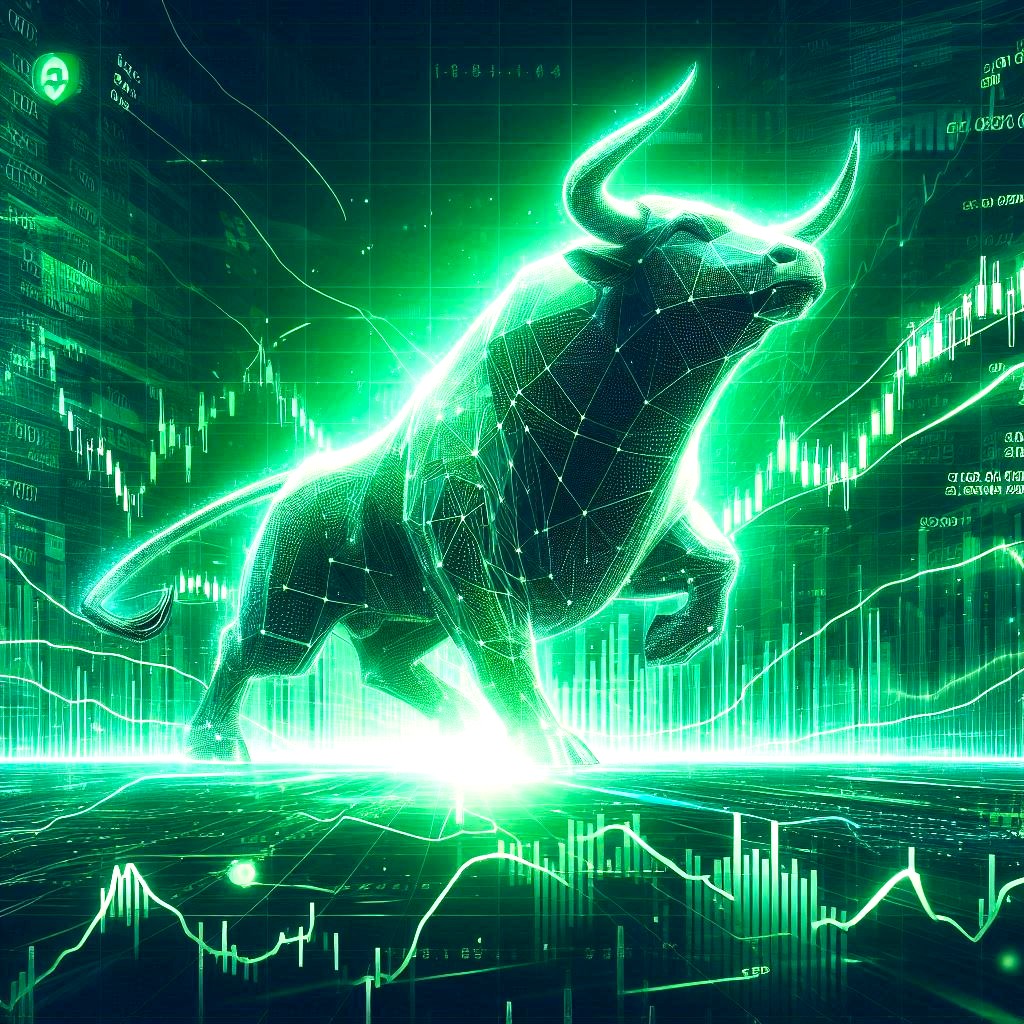In 2024, billionaire wealth surged to unprecedented levels, with a staggering $2 trillion increase in just one year, according to an Oxfam report.
This rapid growth has led to predictions that the world could see at least five trillionaires within the next decade.
To place this in some context it is has been calculated that there are approximately 150 countries with a GDP of less than $1 trillion. This includes many smaller economies and developing nations.
So, 5 single human beings will likely hold more wealth ‘individually’ than approximately 150 separate countries. One person will be worth more than an entire country!
Oxfam report
The Oxfam report highlights the stark contrast between the wealth of the world’s richest individuals and the persistent poverty faced by millions.
The report reveals that the wealth of billionaires grew three times faster in 2024 compared to the previous year.
This surge in wealth has been attributed to various factors, including booming stock markets, lucrative investments, and favorable economic policies.
However, this concentration of wealth in the hands of a few has raised concerns about growing inequality and its impact on society.
Oxfam‘s findings emphasize the urgent need for bold economic reforms to address this disparity. The report calls for higher taxes on the super-rich and the abolition of tax havens to ensure a fairer distribution of wealth.
It also highlights the importance of investing in public services, such as healthcare and education, to improve the quality of life for all citizens.
Out of whack wealth
The growing concentration of wealth among billionaires has significant implications for global inequality. While the number of people living in poverty has remained largely unchanged since 1990, the wealth of the richest individuals has skyrocketed.
This disparity underscores the need for policies that promote economic fairness and reduce inequality.
The surge in billionaire wealth in 2024 serves as a stark reminder of the growing concentration of wealth and the urgent need for economic reforms.
By implementing policies that promote a fairer distribution of wealth and investing in public services, we can work towards a more equitable society. The emergence of trillionaires within the next decade should be a wake-up call for policymakers to address the root causes of inequality and ensure a better future for all.
World’s most wealthy climbed from $13 trillion to $15 trillion in just 12 months
The combined wealth of the world’s most wealthy rose from $13 trillion to $15 trillion in just 12 months, the global charity said Sunday. It marks the second largest annual increase in billionaire wealth since Oxfam records started.
Meanwhile, the number of people living in poverty has barely changed since 1990, the charity said, citing World Bank Data.
1% of people own nearly 45% of all wealth
The richest 1% of people own nearly 45% of all wealth, while 44% of humanity are living below the World Bank poverty line of $6.85 per day, the data showed.
First trillionaire by 2027 is predicted
Elon Musk, CEO of Tesla and now close ally of Trump, is on track to become the world’s first trillionaire by 2027, according to a report from Informa Connect Academy.
Musk is currently worth about around $440 billion according to the Bloomberg Billionaires Index.
Biden warning
Outgoing U.S. President Joe Biden warned of the rise of an “oligarchy taking shape in America of extreme wealth, power and influence.”
“People should be able to make as much as they can, but pay – play by the same rules, pay their fair share in taxes,” Biden said in his farewell address.
Oxfam
Oxfam is trying to urge governments to commit to ensuring that the incomes of the top 10% are no higher than the bottom 40% worldwide.
Global economic rules should be adjusted to allow for the break-up of monopolies, and more corporate regulation and global tax policies should be adapted to ensure that the rich pay their fair share, according to the charity.
Money that is flowing to the bank accounts of the super-rich instead of much-needed investment in teachers and medicines is “not just bad for the economy — it’s bad for humanity,” said Oxfam’s Behar.






































